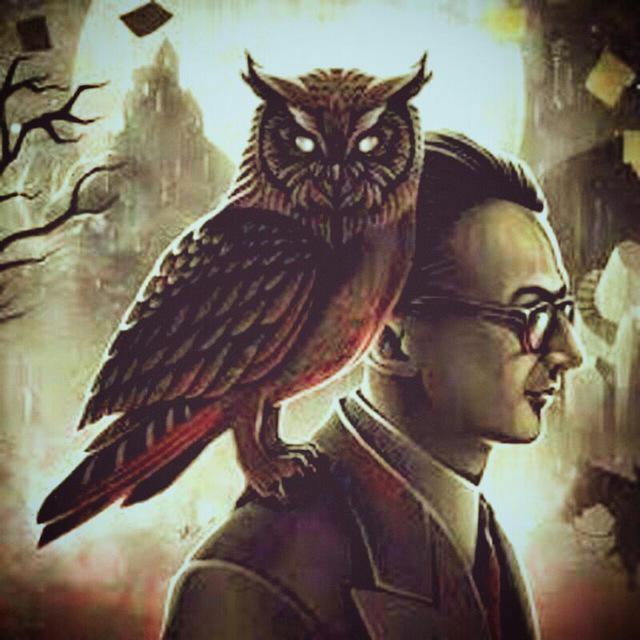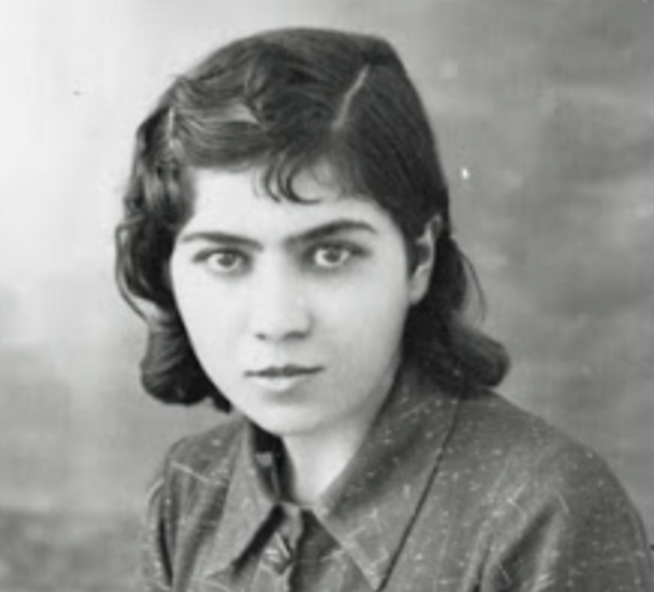Sadegh Hedayat’s The Blind Owl (Boof-e koor), first published in 1937, stands as the watershed moment when Persian literature entered the modernist era. In a literary landscape still dominated by classical forms and romantic tropes, Hedayat’s unsettling novella charted a new territory of psychological depth, existential anguish, and formal experimentation. Below, we explore the man, his masterpiece, and the seismic shift they helped unleash in 20th‑century Persian letters.
1. From Traditional Roots to Modern Reckoning
Early Life and Education
Born in 1903 into a landed family in Tehran, Hedayat grew up steeped in the classical Persian canon—divans of Hafez, Rumi’s masnavis, Ferdowsi’s epics. Yet his schooling in Europe (Paris and Belgium, 1920s–’30s) exposed him to Freud, Kafka, and surrealist art. Confronted with Western existentialism and its preoccupation with alienation, Hedayat returned to Iran determined to reinvent his native literature.
Literary Climate in 1930s Iran
Until the mid‑1930s, most Persian fiction remained firmly in a realist or romantic mode: ethical parables, courtly romances, pastoral idylls. The idea of a fractured psyche, dream‑logic narratives, or ambiguous endings was virtually unheard of. Hedayat’s innovations, then, were nothing short of revolutionary.
2. The Blind Owl: A Portrait of Inner Darkness
At its surface, The Blind Owl chronicles an unnamed narrator’s descent into obsession—a morbid fixation on a mysterious woman “in white,” brought back night after night in opium‑laden visions. But its true power lies in its fractured form and its refusal to comfort:
-
A Non‑Linear Structure. Two intertwined narrative strands—one in prose, one in a fragmented diary—collapse chronology, evoking the narrator’s disintegrating mind.
-
Unreliable Voice. We never know which episodes are “real”: obsession, hallucination, or death‑dream. This instability heightens the novella’s existential dread.
-
Symbolic Imagery. Recurring motifs—the blind owl, the decaying mansion, the man with “burned” hands—function less as plot devices than as projections of guilt, mortality, and cultural malaise.
-
Octave‑Long Sentences. Hedayat’s hallucinatory prose, with its spiraling, hypnotic syntax, draws readers into the narrator’s claustrophobic inner landscape.
3. Themes of Alienation, Modernity, and Cultural Crisis
Alienation and Identity
The narrator’s profound isolation—and his sense of living “outside life”—mirrors the condition of many in interwar Iran, caught between rapid Westernization and the certainties of tradition.
Death and Nihilism
Unlike classical Persian poetry, which often frames death as transition or reunion with the Divine, Hedayat’s tale offers only oblivion. His characters grapple with the “void” itself—anticipating neither redemption nor rebirth.
Cultural Dislocation
The novella’s haunted mansion, populated by servants and bourgeois interlopers, becomes a microcosm of a society in flux: traditional hierarchies undercut by alien influences, moral anchors rotted by disillusionment.
4. Formal Innovations and Lasting Impact
Narrative Experimentation
With The Blind Owl, Hedayat introduced Persian readers to stream‑of‑consciousness, dream logic, and open endings—techniques they would later recognize in writers like Jalal Al‑e Ahad and Moniro Ravanipour.
Psychological Depth
Hedayat’s focus on interiority—on obsession, guilt, and fragmented memory—paved the way for generations of psychologists‑turned‑novelists probing the human soul.
Modernist Legacy
Although Hedayat died by suicide in 1951, his influence only grew. Iranian writers from the 1960s “New Wave” celebrated his courage in disrupting tradition. Today, The Blind Owl remains compulsory reading in Persian departments—and has been translated into dozens of languages.
5. Why Read The Blind Owl Today?
-
A Masterclass in Atmosphere. Few works so viscerally evoke psychological terror and cultural unease.
-
Historical Insight. The novella captures Iran in the throes of modernization—its hopes, anxieties, and moral uncertainties.
-
Timeless Questions. Hedayat’s probing of meaning, mortality, and madness still resonates in a world grappling with alienation and rapid change.
Conclusion
Sadegh Hedayat’s The Blind Owl shattered Persian literature’s mirror, allowing readers to see both their reflection and the fissures beneath it. In doing so, he inaugurated Persian modernism—an era defined by formal daring, existential urgency, and unflinching exploration of the human psyche. More than eighty years after its first publication, The Blind Owl continues to haunt and inspire, reminding us that true innovation often arises from the courage to dwell in darkness—and to transform it into art.





